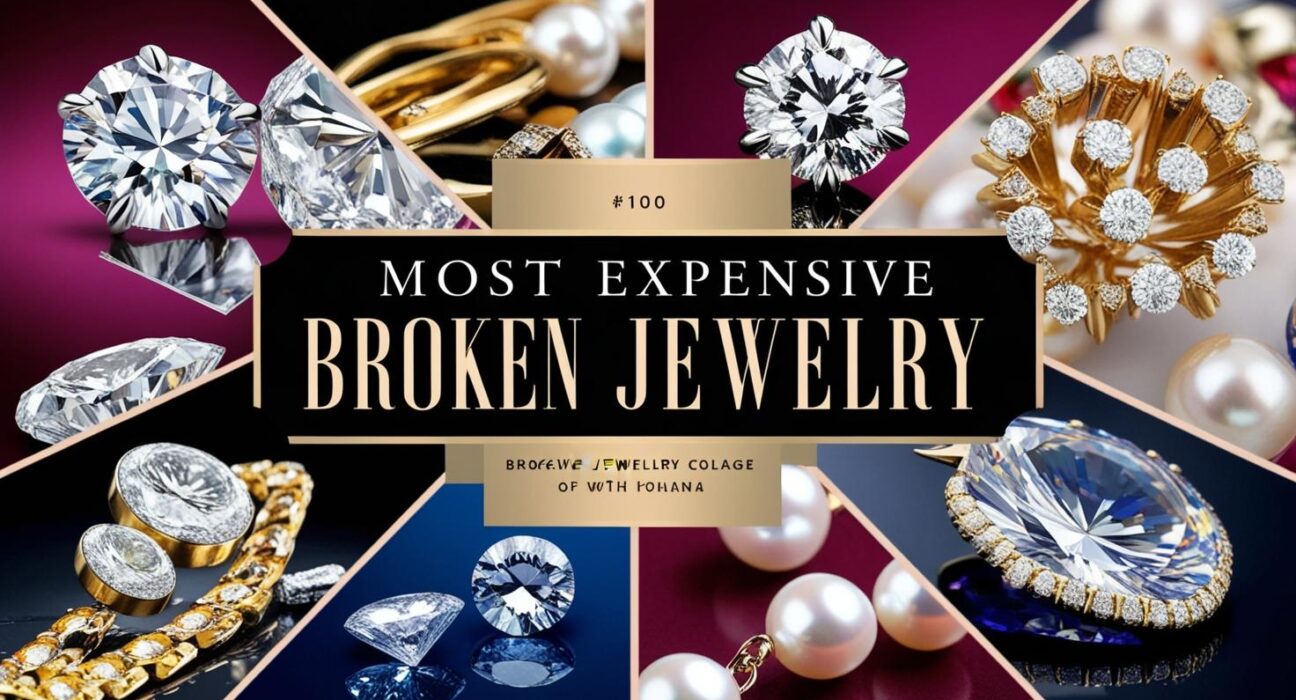What if a shattered diamond could be worth more than its flawless counterpart? In the rarefied world of luxury gems, history, rarity, and sheer audacity often trump perfection. From royal heirlooms with battle scars to diamonds split into legendary fragments, these broken treasures defy logic—and fetch millions. Dive into the stories of diamonds that cracked, chipped, or shattered but still commanded astronomical prices.
1. The Hortensia Diamond: A Chipped Crown Jewel ($6.3 Million)
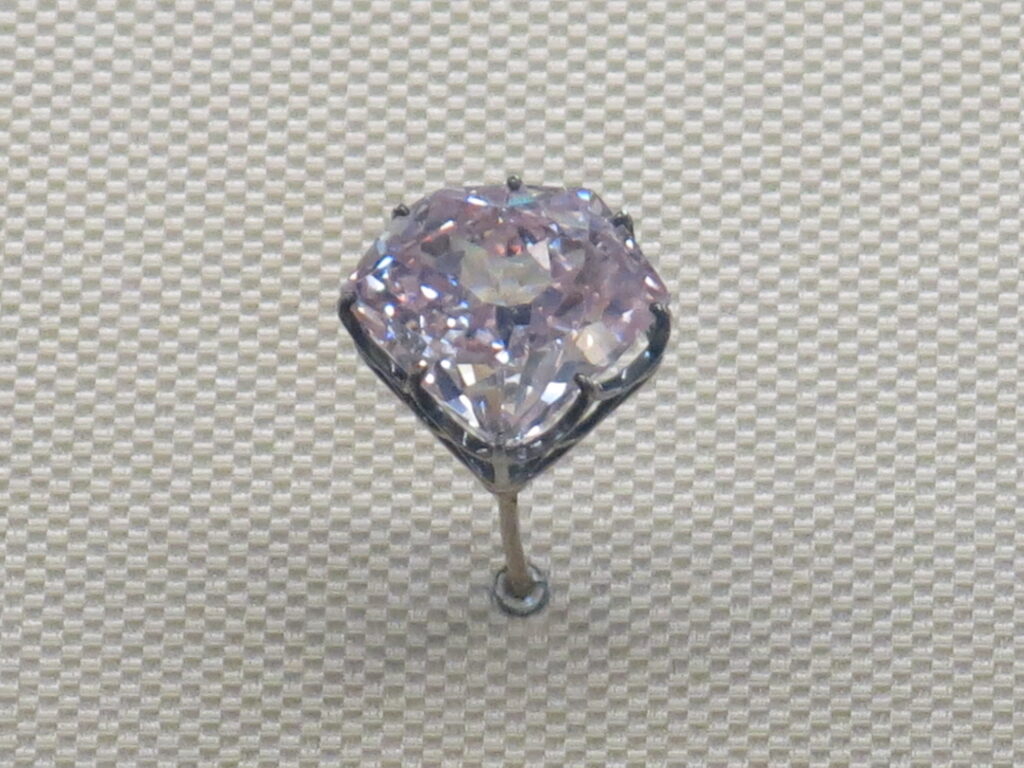
History & Drama
Once part of Napoleon Bonaparte’s crown jewels, the 20-carat pale pink Hortensia Diamond survived revolution, theft, and a visible chip on its girdle. Stolen during the 1792 French Crown Jewels heist, it was later recovered and displayed at the Louvre before its 1993 Sotheby’s auction.
Price & Rarity
- Auction Price: 6.3million∗∗(1993)∣∗∗EstimatedValueToday:∗∗∗∗6.3million∗∗(1993)∣∗∗EstimatedValueToday:∗∗∗∗15–20 million
- Rarity: One of only three historic pink diamonds from the French Crown collection.
What Makes It Valuable?
✔ Royal Provenance – Owned by Empress Joséphine and King Louis XVIII.
✔ The “Flaw” That Adds Character – The chip is a testament to its turbulent past.
✔ Near-Mythic Status – A symbol of France’s imperial rise and fall.
Where to Find Similar: Explore royal gem auctions at Sotheby’s or Christie’s.
2. The Cullinan Diamond: Shattered into British Royalty ($2 Billion+ Total Value)
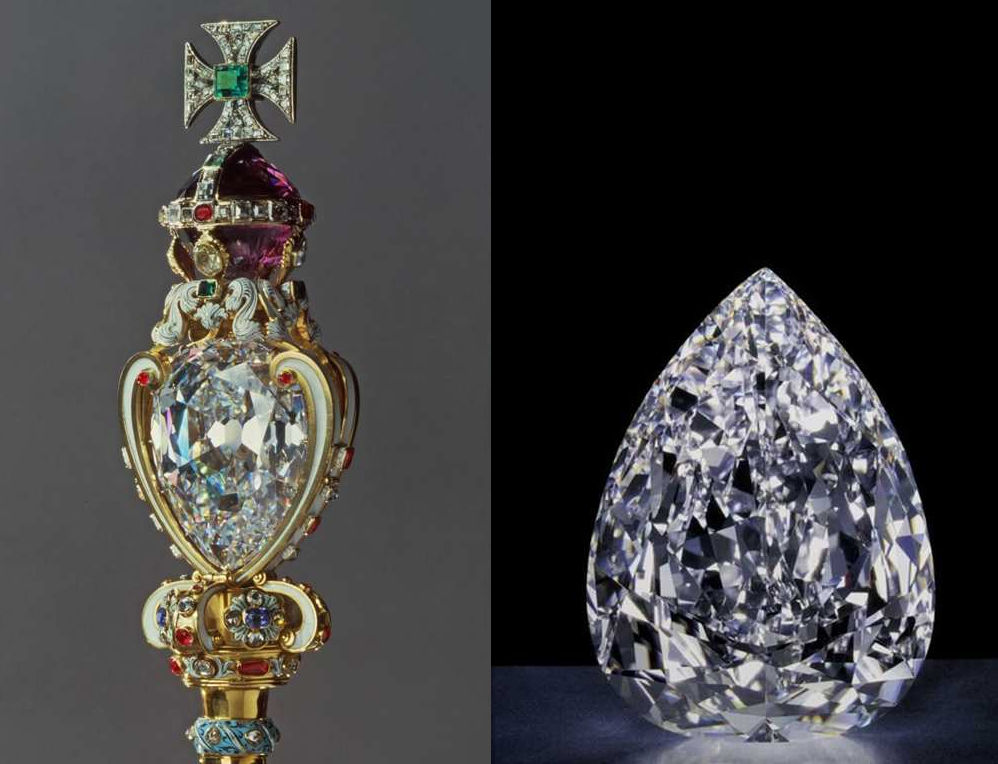
History & Drama
The 3,106-carat Cullinan, the largest gem-quality rough diamond ever found, was shattered into 9 major stones in 1908. Despite its “broken” state, two gems became the Great Star of Africa (Cullinan I) and Second Star of Africa (Cullinan II), centerpieces of the British Crown Jewels.
Price & Rarity
- Original Rough Value: Priceless (Gifted to King Edward VII)
- Current Value: $2 billion+ (combined)
- Rarity: The largest polished diamond from the Cullinan is 530.4 carats.
What Makes It Valuable?
✔ Engineering Marvel – Took 8 months to split using precise fractures.
✔ Royal Legacy – Worn by Queen Elizabeth II in the Sovereign’s Sceptre.
✔ Unmatched Size – Cullinan I remains the world’s largest clear-cut diamond.
Where to Find Similar: The Crown Jewels are displayed at the Tower of London, but replicas appear at The Natural History Museum.
3. The Beau Sancy: A Cracked Royal Heirloom ($9.7 Million)
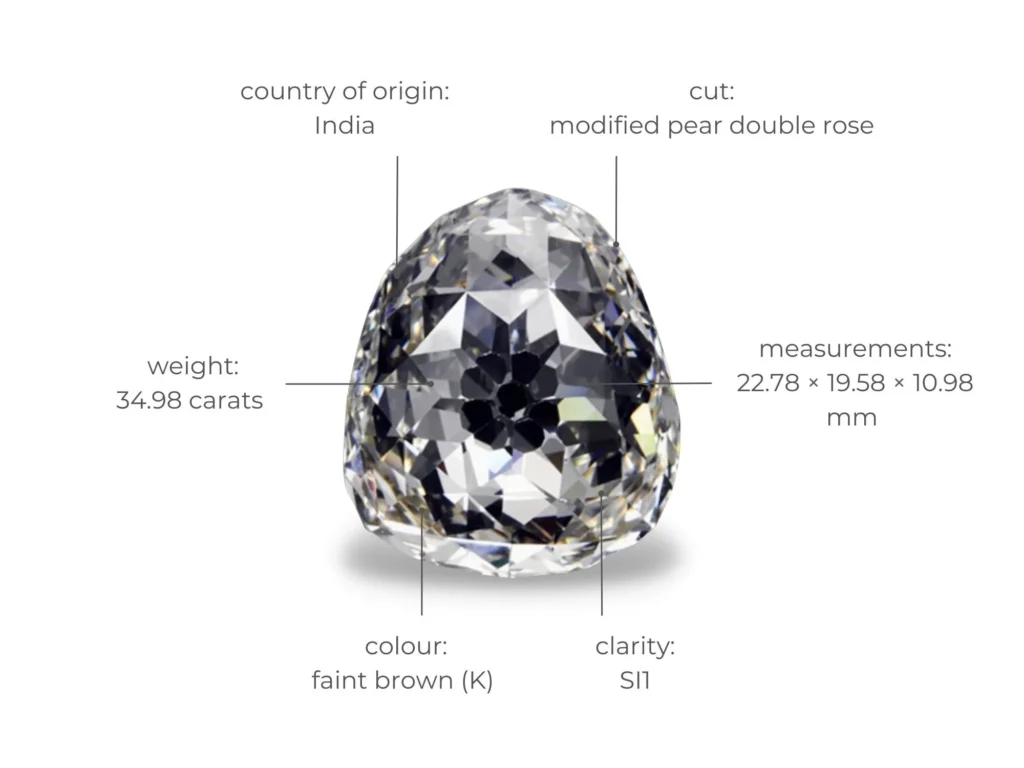
History & Drama
This 34.98-carat pale yellow diamond passed through French, Dutch, and Prussian royalty for 400 years. Despite a hairline crack from rough handling, it symbolized power for monarchs like Marie de’ Medici and Frederick the Great.
Price & Rarity
- Auction Price: $9.7 million (2012, Sotheby’s Geneva)
- Rarity: One of the oldest recorded diamonds with a royal pedigree.
What Makes It Valuable?
✔ Survivor’s Story – Survived wars, sales, and a near-loss in WWII.
✔ Mythic Mystique – Linked to the curse of the Sancy Diamond family.
✔ Artisan Craftsmanship – Cut in the 16th-century “double rose” style.
Where to Find Similar: Rare historic gems appear at 1stdibs or Gemological Institute of America (GIA) exhibits.
4. The Lesedi La Rona: From Rough Rejection to $53 Million
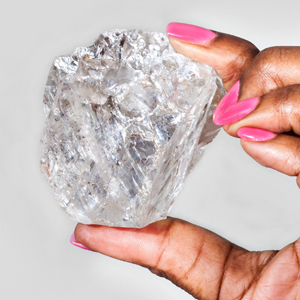
History & Drama
Mined in Botswana in 2015, the 1,109-carat Lesedi La Rona (“Light of the World”) was the largest gem-quality rough diamond in a century. After failing to sell at auction, it was split into 67 polished stones, including a 302.37-carat emerald-cut gem that sold for $53 million.
Price & Rarity
- Original Rough Auction: Unsold at $61 million reserve (2016)
- Post-Split Sale: $53 million for the largest piece (2017)
- Rarity: Only 10 diamonds over 300 carats exist worldwide.
What Makes It Valuable?
✔ Second Chance Success – Cutting transformed “rejected” rough into a superstar.
✔ Ethical Pedigree – Mined sustainably in Botswana, boosting its appeal.
✔ Investment Magnet – The cut stones are appreciating assets for collectors.
Where to Find Similar: Graff Diamonds owns the Lesedi La Rona pieces. Browse their collections at Graff.
Image Prompt Idea: The Lesedi La Rona’s original rough form contrasted with its polished emerald-cut gem, bathed in Botswana sunset hues.
5. The Polar Star Diamond: A Broken Empire’s Treasure ($14.7 Million)
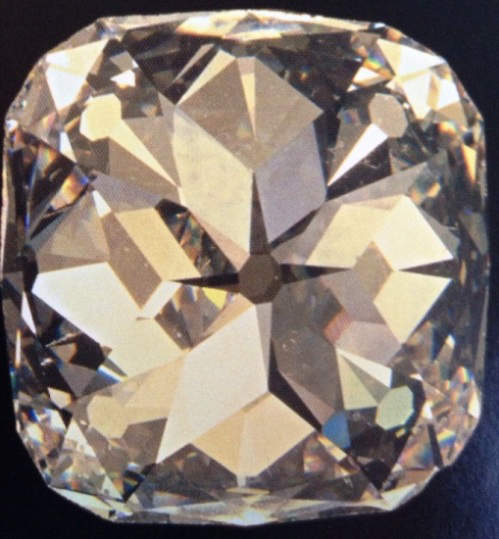
History & Drama
Once part of a Russian imperial necklace, this 41.28-carat blue-white diamond survived the Romanov dynasty’s fall. The necklace was broken up during the Bolshevik Revolution, but the Polar Star was smuggled to Europe and sold in 1984 for a then-record sum.
Price & Rarity
- Auction Price: $14.7 million (1984, Christie’s Geneva)
- Rarity: Among the last intact Romanov gems in private hands.
What Makes It Valuable?
✔ Tragic Glamour – A relic of Russia’s lost aristocracy.
✔ Flawless Clarity – Despite the necklace’s destruction, the diamond remained pristine.
✔ Celebrity Cachet – Owned by heiress Daisy Fellowes, a 1930s fashion icon.
Where to Find Similar: Track Romanov artifacts at MacDougall’s Fine Art Auctions.
Why Broken Diamonds Still Shine Brightest
In luxury, imperfection can be priceless. These diamonds prove that scars tell stories, and rarity trumps flawlessness. For collectors, a crack or chip isn’t a defect—it’s a badge of survival, linking them to empires, revolutions, and legendary figures.
Would you buy a fractured diamond? For the right price, even the wealthy can’t resist a gem with a past. Explore more at Sotheby’s or Christie’s.



